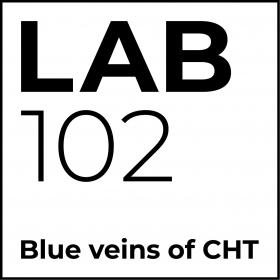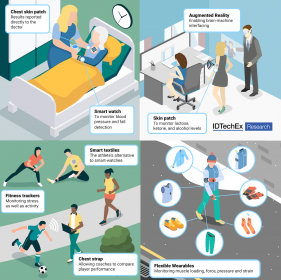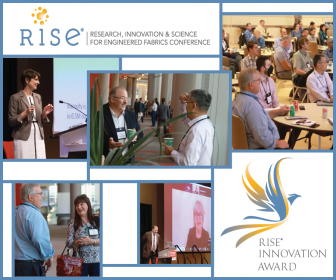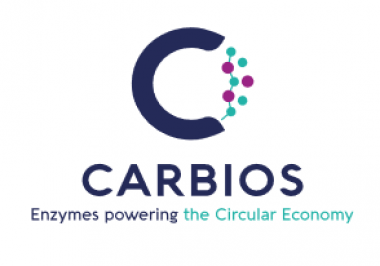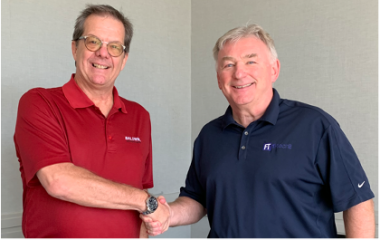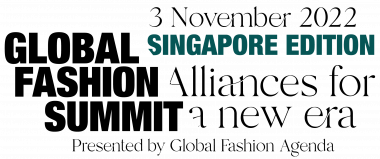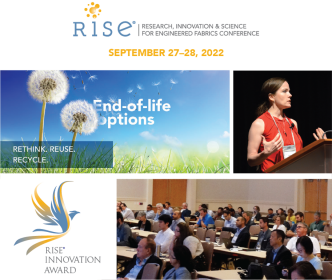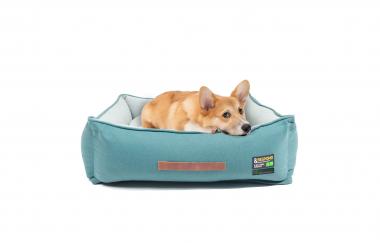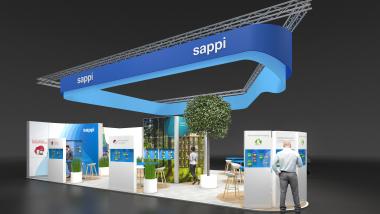CHT Group launches new brand for jeans and garment treatment
The ecological and social conditions in the production of textiles are coming to the fore and into the consciousness of industry and end customers. With the new LAB102 brand, the "Jeans & Garment" team of the CHT Group to offer its global denim customers sustainable chemical solutions and technologies in the future.
Where does the name "LAB102 - Blue veins of CHT" come from?
LAB was chosen not only because the English word for laboratory fits perfectly with a chemical company, but also because it stands for innovation, development, and discovery. The digits 102 in the name refer to the house number of CHT's corporate headquarters in Tübingen.
The slogan "Blue veins of CHT" maintains the connection to the name CHT which is well-known in the industry. Moreover, the denim or jeans industry is traditionally and historically indigo - thus blue.
Focus on sustainability
LAB102 focuses not only on chemistry, but also on technology. Fogging, laser, and ozone technologies are innovations that currently enable new approaches in jeans and garment treatment and are at a high ecological level. Their use can lead to savings in water and energy. The use of chemicals can also be reduced if processes are optimized and adapted to the new requirements. To this end, the CHT Group's "Jeans & Garment" team works with the leading machine manufacturers on new developments.
CHT Germany GmbH


